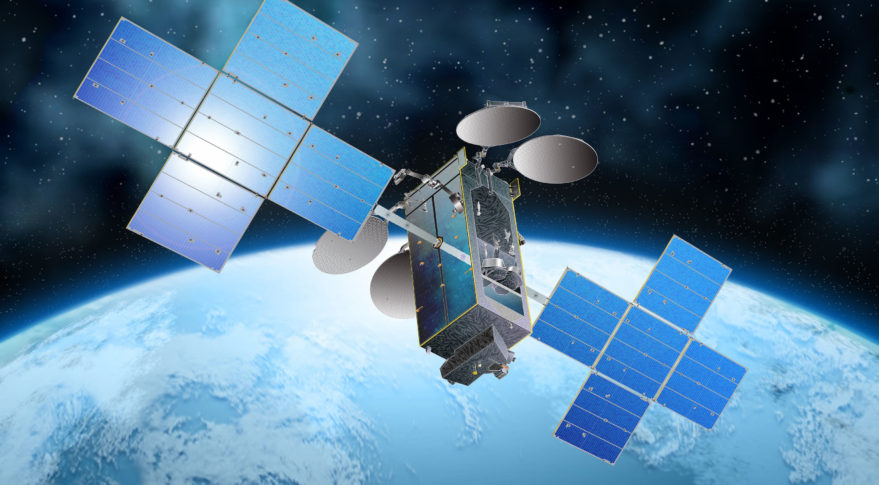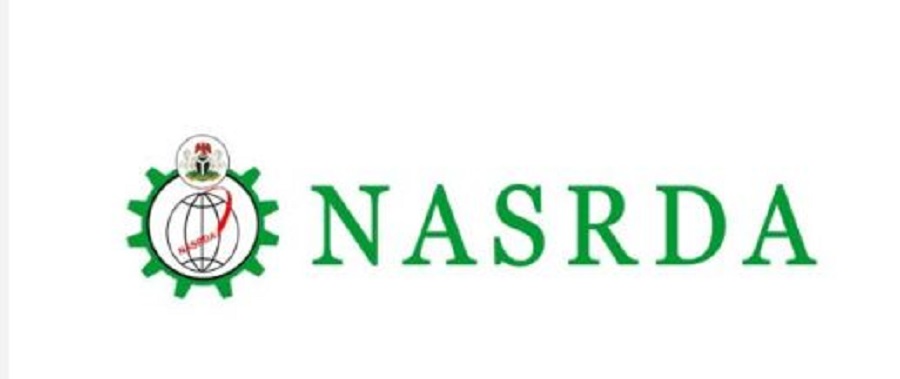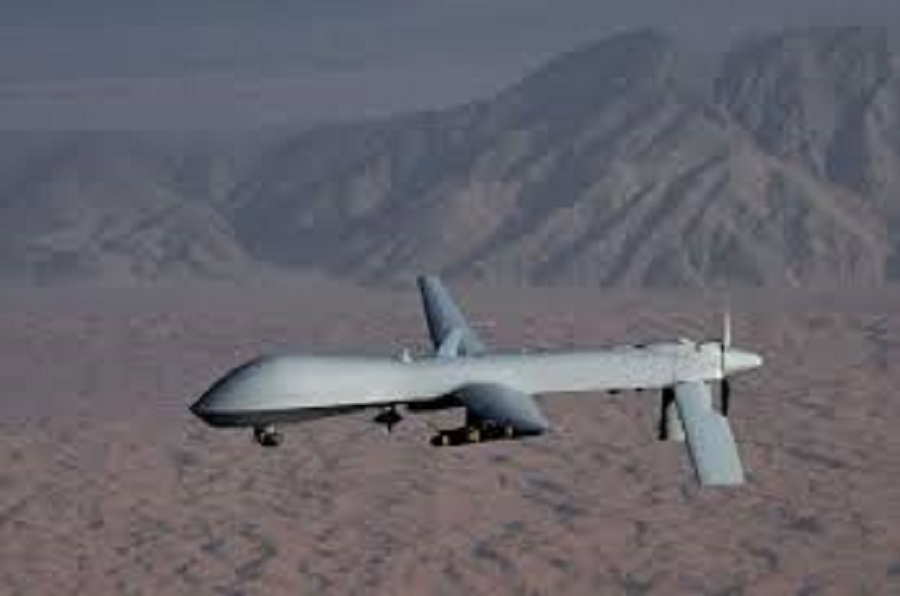General News
ITU Adopts New Satellite Technique to Improve Flight Safety

The United Nations specialized agency for information and communication technologies, the International Telecommunication Union, ITU, which establishes worldwide standards that foster seamless interconnection of a vast range of communications systems, has adopted the main technical principals of enhanced aircraft automatic dependent surveillance via satellite, to track in-flight aircraft worldwide.
Aircraft automatic dependent surveillance is a technique in which aircrafts automatically provide, via a data link, data from the on-board navigation and position-fixing systems, including aircraft identification, four-dimensional position (e.g. latitude, longitude, altitude and time) and additional data, as appropriate.
The technique is termed “automatic” because there is no intervention from the pilot or interrogation from terrestrial stations, and “dependent” because the data is dependent upon on-board systems such as global positioning system and altimeter.
The system relays the information to the relevant airline operators and air traffic control centres who then track the aircraft identifying any anomalies in its flight profile and initiate emergency procedures where necessary, enhancing safety in the sky.
Commenting on the innovation, ITU Secretary-General, Houlin Zhao, said: “Since the tragic loss of life with the disappearance of flight MH370 in 2014 over the South China Sea, ITU has undertaken activities to improve the tracking of in-flight aircraft using advanced information and communication technologies. The adoption of these technical principals for enhanced aircraft surveillance via satellite will make great strides in saving lives.”
According to him, different aircraft automatic dependent surveillance systems have been standardized within the International Civil Aviation Organization, ICAO, such as terrestrial automatic dependent surveillance-broadcast, ADS-B, and automatic dependent surveillance-contract, ADS-C.
The technical principals adopted by ITU support implementation of reception of ADS-B via satellite that would enhance surveillance of aircraft, particularly in areas where terrestrial receivers cannot practically be deployed, such as in oceanic, trans-polar and remote regions and would be a major step in the implementation of the ICAO global aeronautical distress and safety system.
‘‘The technical principals are published in the new technical report, reception of automatic dependent surveillance broadcast via satellite and compatibility studies with incumbent systems in the frequency band 1 087.7-1 092.3 (REPORT ITU-R M.2413-0).
“The adoption of the technical principals in ITU’s report is a major step towards improving international global flight traffic safety, through the cooperation between ITU and ICAO,” said François Rancy, Director of the ITU Radiocommunication Bureau.
”It also advances implementation of World Radiocommunication Conference 2015 decisions on internationally recognized spectrum for aircraft automatic dependent surveillance via satellite,” Zhao added.
This report was published and adopted by ITU-R Study Group 5, which focuses on systems and networks for fixed, mobile, radio determination, amateur and amateur-satellite services.
The ITU-R Study Groups develop the global standards (Recommendations), Reports and Handbooks on radio communication matters.
More than 5,000 specialists, from administrations, the telecommunications industry and academic organizations throughout the world, participate in the work of ITU Study Groups on topics such as efficient management and use of the spectrum/orbit resource, radio systems characteristics and performance, spectrum monitoring and emergency radio communications for public protection and disaster relief.
General News
NASRDA Commences Space Regulation Mandate with N20Bn Fund

National Space Research and Development Agency (NASRDA) is set to commence the implementation of its space regulation and licensing mandate following the approval of a N20 billion take-off fund by President Bola Tinubu.

Speaking in an interview, Dr. Matthew Adepoju, director-general, NASRDA, emphasised that the agency’s regulatory functions, as outlined in the NASRDA Act (2010), have remained unfulfilled since its establishment in 1999.
To address this, Adepoju submitted a memorandum to President Tinubu advocating for enforcement of space regulation, leading to the recent approval of funds.
Adepoju highlighted the urgency of regulating Nigeria’s space sector to prevent misuse, particularly regarding security-sensitive activities.
The regulatory framework will oversee:
Satellite image providers
Geographic information system operators
Satellite-based telecommunications and broadcasting services
He warned that unregulated geographical data intelligence could be exploited by non-state actors, underscoring the importance of strict oversight.
NASRDA has set up a licensing platform open to public and private sector operators in the space industry.
The regulation will cover Nigeria’s three space segments:
Upstream – Deep space activities
Midstream – Satellites and orbital objects
Downstream – Ground stations and space service users
Although the agency has yet to access the N20 billion fund, Adepoju confirmed that regulatory and licensing functions have commenced.
General News
Amazon Opens Competition in Satellite Internet Business, Sends Satellites into Space

Amazon has released more details on Project Kuiper, its plan to establish a satellite internet service resembling Starlink. The first launch of satellites for Amazon’s Kuiper project is set to ascend as soon as April 9, less than a week away.

27 satellites are planned to be deployed using an Atlas V rocket, which will blast off from Cape Canaveral Space Force Station in Florida.
This is just the earliest beginnings of the system, which Amazon says will be made up of 3200 satellites in low-Earth orbit. And that’s just for the “first-generation” system that will provide home internet to, according to Amazon, “virtually any location on the planet”.
Amazon has more than 70 additional launches for Project Kuiper planned over the next few years, including sending satellites on rival SpaceX’s rockets.
“We’ve designed some of the most advanced communications satellites ever built, and every launch is an opportunity to add more capacity and coverage to our network,” says Rajeev Badyal, Vice President of Project Kuiper.
“This will be the first time we’ve flown our final satellite design and the first time we’ve deployed so many satellites at once.”
Despite being quite early on in establishing the satellite array required for a functional satellite internet system, Amazon expects to be able to start offering the service “later this year.”
Project Kuiper vs Starlink
Rival Starlink currently has more than 7000 satellites in low-Earth orbit, and future plans include expanding that array to a count of 34,400.
Starlink has also become the leading provider of space junk, with the company’s satellites falling out of orbit “almost every day” according to Space.com.
Satellite internet services like those of Starlink and Project Kuiper require a satellite receiver, which currently starts at £300 for Starlink models.
Starlink charges £75 a month for home internet, which can provide up to 220Mbps typical internet speeds, according to the company’s website.
Satellite internet can often be a workable solution for homes not covered by optical fibre or 4G/5G mobile internet.
The company has also supplied Ukraine with internet connectivity since Russia invaded Ukraine in 2022.
“My Starlink system is the backbone of the Ukrainian army. Their entire front line would collapse if I turned it off,” SpaceX CEO Elon Musk claimed on X. He has since claimed he does not plan to deactivate Ukraine’s access to the service.
General News
Nigerian Military Makes History with Africa’s First Attack Drones, Bombs

Nigerian Military, in partnership with Briech UAS, a communications company, has unveiled the first and largest indigenous attack drones and bombs in Nigeria and Africa.

Briech UAS, alongside the Nigerian Army, demonstrated these attack drones and bombs at the company’s headquarters in Abuja on Wednesday.
General Christopher Musa, chief of Defence Staff (CDS), hailed the initiative as a significant milestone in Nigeria’s progress toward self-reliance in defence technology and a crucial step in enhancing national security.
Musa highlighted the importance of developing combat drones, particularly for intelligence gathering. He pointed out that these drones would play a pivotal role in addressing complex and asymmetric security threats.
“These force multipliers will greatly enhance the operational effectiveness of our military, especially in a world where global politics complicate the procurement of advanced military hardware,” he stated.
“Countries that do not produce these solutions face bureaucratic and diplomatic challenges when acquiring essential platforms. We are directly addressing this challenge.
“If we do not produce what we need, we will be at the mercy of others, even if we have the financial resources to acquire them.
“By manufacturing these drones locally, Nigeria reduces dependence on foreign resources, ensures faster acquisition, and strengthens its ability to respond to security threats swiftly.
“With the brilliant minds we have, particularly among our youth, we can create outstanding technology that competes on a global scale,” Musa said.
Plateau Governor Caleb Mutfwang underlined the importance of supporting indigenous products for Nigeria’s growth.
He stressed that the drones would be vital in safeguarding the country’s sovereignty, particularly in Plateau State, where some of these technologies have already been deployed to enhance the efficiency of ground forces.
Mutfwang also revealed that his state was collaborating with local bomb and drone manufacturers like Briech UAS to counter insurgency with domestically produced weapons.
“As a nation, we made a mistake by allowing non-state actors to acquire capabilities nearly on par with state actors,” he stated.
“We’ve entered into a partnership that has led to the deployment of these facilities in our state. We’ve seen substantial improvements in the effectiveness of our security forces.
“It was a mistake to let non-state actors gather capabilities that could almost overpower legitimate state forces. We must correct that imbalance.
“We must ensure no one within our borders has capabilities that surpass or match those responsible for protecting our national sovereignty,” he added.
Earlier, Dr Bright Echefu, chairman of Briech UAS, noted that insurgent groups like Boko Haram and ISWAP have been using commercial drones for reconnaissance and attacks.
“These drones have been used to track and attack our troops, coordinating ambushes and executing crude aerial strikes,” he said.

 General News2 days ago
General News2 days agoAirbnb Community Fund Donates ₦13 Billion to Nonprofits Worldwide

 General News2 days ago
General News2 days agoNigerian Military Makes History with Africa’s First Attack Drones, Bombs

 News2 days ago
News2 days agoShell, Renaissance Face Legal Action over SPDC Licence Transfer

 Telecom2 days ago
Telecom2 days agoNigeria Heads Anglophone Data Protection Committee

 E-Business2 days ago
E-Business2 days agoKike, Nigerian Tech Firm Launches ‘Kike AI’ for Kitchen Innovation

 E-Financial2 days ago
E-Financial2 days agoSterling Bank Makes Online Transfer Charges Free of Charge

 News2 days ago
News2 days agoWorld Bank Approves $1.08Bn Loan for Nigeria

 Telecom2 days ago
Telecom2 days agoHow MIP Is Making a Difference in The Media Landscape

























